The Asexual Reading List
An asexual person (”ace” for short) is someone who does not experience sexual attraction to any gender.
Asexuals emphasize that being ace is defined by how they feel, not what they do. There are asexuals who date, asexuals who have sex, asexuals who have families, and asexuals who do none of those things.
In addition, there is grey-asexuality (”grey-ace”, “a-spec”, or “grace”), the umbrella term that covers a spectrum of people who feel some kinds of attraction, but rarely enough that they can relate to others in the ace community. The most common identity in the grey-ace spectrum is demisexuality. (A lack of sexual attraction, except in rare cases when it develops with a close or long-term bond.)
While asexuals have always been around and even studied (their orientation was even acknowledged by an X on the Kinsey scale), their community is the youngest. AVEN (The Asexuality Visibility and Education Network) was founded on the Internet in 2001 by David Jay. Since only 1% of the population is thought to be ace, the Internet continues to be a key part in organizing meetups for aces who would otherwise never know each other.
The challenge of being defined by something they don't experience led the asexual community to pioneer a new wave of definitions for attraction, called the Split Attraction Model, which all people can use. In addition to sexual attraction, there’s romantic attraction (the desire to bond and fall in love), aesthetic attraction (admiring someone in the way one would a painting), and others. As an example, it is possible to identify as asexual and homoromantic.
The push for asexual advocacy continues to be led by AVEN on www.asexuality.org. Core issues activists seek to reform are the erasure of asexual experience, pressure for relationships, dehumanization, improper treatment as a medical or mental condition, infantilization, and confusion for celibacy.
Because widespread recognition of asexuality did not expand until the 2010s, it is still difficult for asexual people to find representation in books and media.
Asexual Awareness Week, or “Ace Week”, is October 19-25.
Adult Fiction
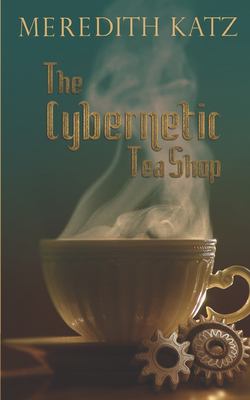
The Cybernetic Tea Shop
by Meredith Katz
A light novella that acknowledges the derogatory "asexuals are robots" stereotype and, rather than be afflicted by it, chooses to play games with it. As asexual technician Clara gets to know the autonomous robot and tea shop owner, Sal, both of them start to learn more and more about what it means to be human.
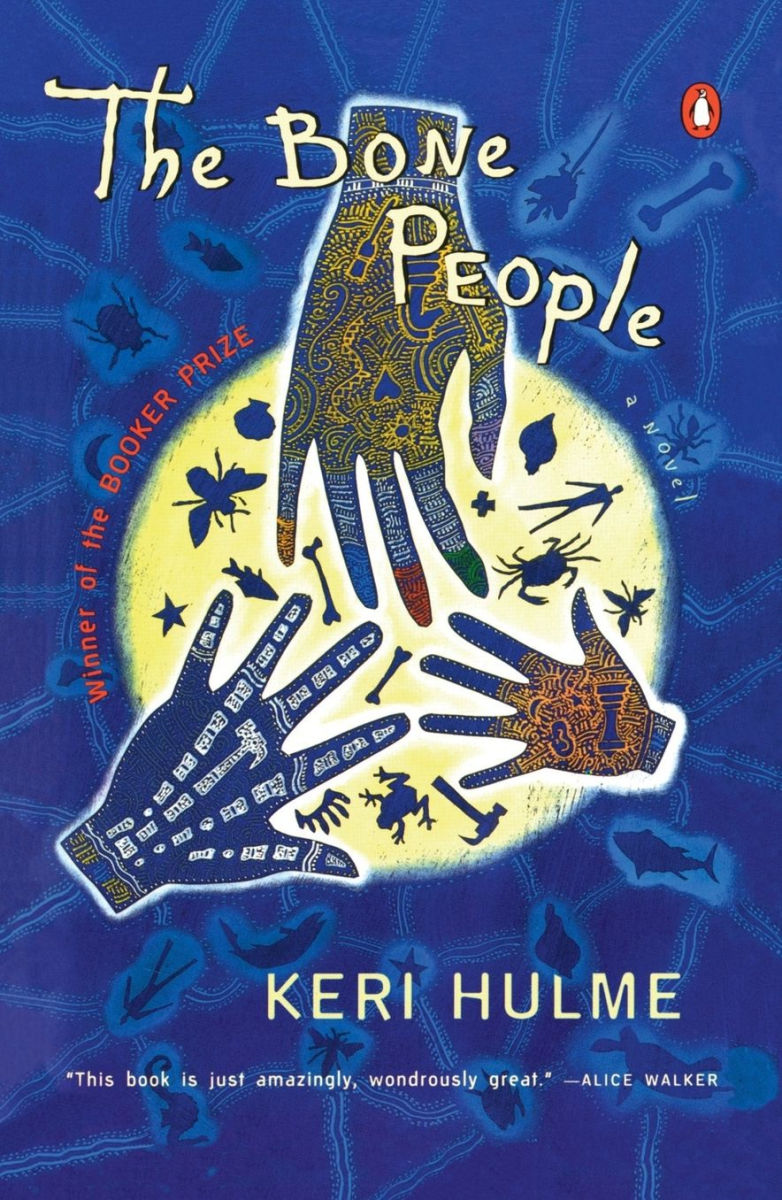
The Bone People
by Keri Hulme
This book was written in 1984, long before language for the asexual community was standardized. Still, protag Kerowin Holmes is a true blue aromantic asexual, and Keri Hulme's surreal prose is sure to draw you in. Flush with Maori culture, this story about tense family relations is a deep thinker and a classic. (TW: child abuse)
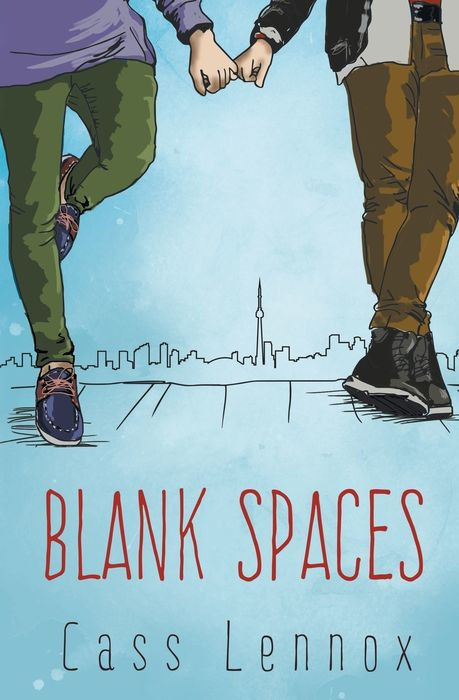
Blank Spaces
by Cass Lennox
A playful gay romance between an ace guy realizing how much he wants a romantic relationship and an allo (non-asexual) guy looking for no strings attached hookups. Throw in some tension with a stolen painting conspiracy and gravity quickly pulls these two together!
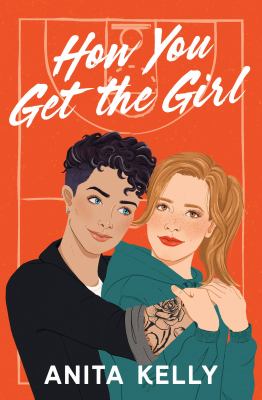
How You Get the Girl
by Anita Kelly
Throughout months of Julie and Elle coaching a high school basketball team, they get close and end up developing real feelings. They are so sweet and accepting of each other’s flaws, and soon realize they are better people in knowing and receiving support from each other during life’s struggles. This “sport-adjacent” novel also shines with thoughtful commentary on fostering a teenage relative, learning about asexuality, and managing chronic depression.
Adult Nonfiction
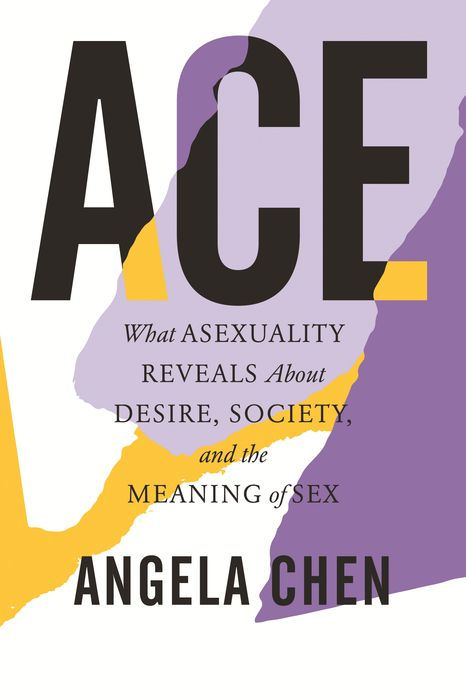
ACE: What Asexuality Reveals About Desire, Society, and the Meaning of Sex
by Angela Chen
ACE has a little bit of everything as far as experiences go! This is my favorite introductory to those outside the community, and aces themselves will find a lot they like, too.
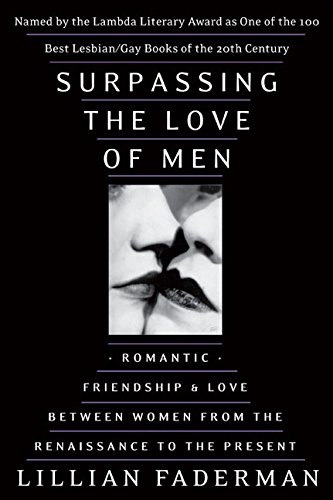
Surpassing the Love of Men: Romantic Friendship and Love Between Women from the Renaissance to the Present
by Lillian Faderman
While many of the women who married each other to escape heteronormative relationships were lesbian or bisexual, many others were asexual. Lillian Faderman explores all of the ways that Boston marriages came about through various cultures, asexual ones included.
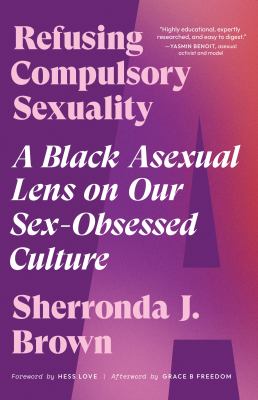
Refusing Compulsory Sexuality: a Black Asexual Lens on Our Sex-obsessed Culture
by Sherronda J. Brown
Black and brown BIPOC asexuals have their own unique challenges when battling oppressive structures, different from even other LGBTQIA+ people. This is a book that cuts through the thick of it in impressive detail.
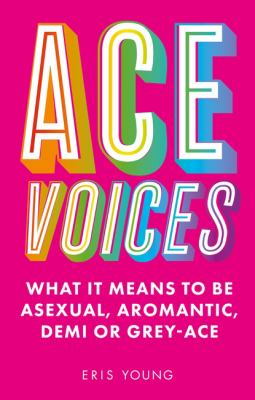
Ace Voices: What it Means to Be Asexual, Aromantic, Demi or Grey-Ace
by Eris Young
I usually recommend this book to customers wanting to learn more about the ace spectrum, especially if they started with "Ace: What Asexuality Reveals About Desire, Society, and the Meaning of Sex" by Angela Chen. I'm glad the author of "Ace Voices" went beyond asexuality to discuss aromantic, demi and grey-ace identities too since even queer folks can be fuzzy on the differences between these terms. "Ace Voices" shines with a plethora of personal stories from ace individuals and this identity fits into their entire being.
Teen & Kids
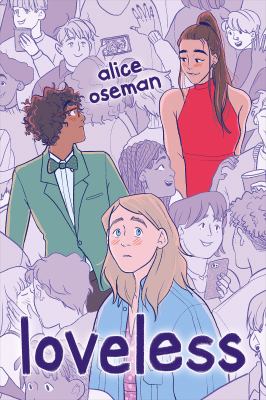
Loveless
by Alice Oseman
A slice of life novel for 14 and up. Georgia is surrounded by successful happy couples, her parents, both sets of grandparents, and a recently married brother, but at 18 she's never even kissed anyone or even wanted to. Now its after-prom and she is at a party filled with couples making out and she really cannot figure out whats wrong. When she goes to college, Georgia makes a discovery - she's aroace. She plans to use college to learn to better understand herself and learn about the part of her identity she was never able to identify. Representation: Aroace main character, lesbian side character, nonbinary ace gay South Asian side character, pan side character, ace side character, bisexual aromantic Black minor character Trigger warnings: Internalized aphobia, deliberate and accidental aphobic attitudes, discussion of sex and masturbation, past emotionally abusive relationships, references to past bullying, alcoholism, biphobia, drug use, homophobia, panic attacks/disorders, lesbophobia, toxic friendship.
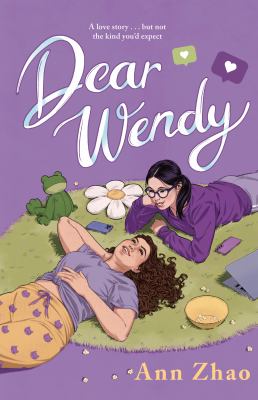
Dear Wendy
by Ann Zhao
A wonderful debut with TWO aspec protagonists?! Sophie and Jo, freshman students at Wellesley College, quickly bond over their aroace identities and become close friends. They co-create a campus org, spend quality time with each other’s friends and family and have plenty of deep chats that are sure to warm your heart. Finally a book proves platonic love can be just as special as romantic love. "Dear Wendy" is deeply personal to me as I’ve had some of Jo’s thoughts on gender nonconformity and also find joy in advising on love matters despite being ace.